6: Streams & File IO

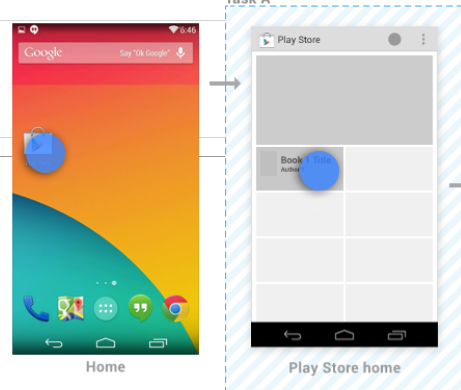
Last time we explored briefly navigation within an app. In this session we continue this discussion, with a focus on navigation from the users perspective, looking at how a user can arrive into an app, and also how they may move between apps.
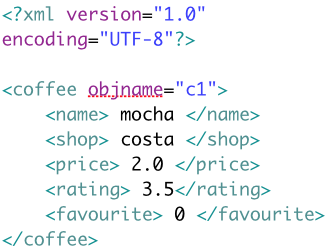
To date we have seen a small number of file formats for data, namely CSV and YAML. These are common and well suited to a range of simple applications. In Android we often use XML and Json. Here we review examples of all of these briefly.
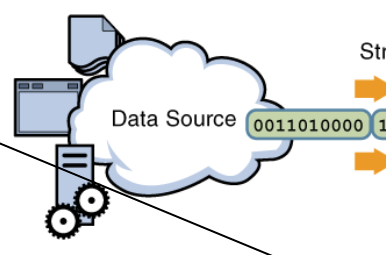
The android SDK comes with a subset of the Java JDK libraries. This subset is significantly reduced from the range available in the JDK. Amonhg these is the Streams library, which we use for simple file I/O.
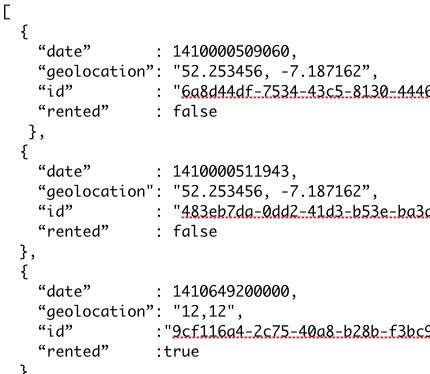
In MyRent Lab 04 we incorporated a simple serialization mechanism to write Java objects to a Json file format. This required some significant enhancements to the models package, including a completely new Serializer class. Here we review these classes in detail.
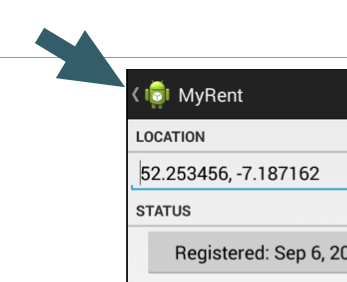
Navigating "up" (as opposed to 'back') must be explicity implemented in the application. It involves enabling the up button in the action bar, handling the resultant event and also declaring the parent/child relationship in the manifest.

Modern Android Activities tend to be composed of one or more Fragments - as opposed to consisting of a single layouts. This introduces a slightly more complicated creation process. However, using fragments opens up other opportunities we will explore in later labs.

In this lab we introduce a facility to select and delete a subset of residences in the list view. The selected items need not be contiguous. Also, introduce a new feature to support 'swipe' interaction. This allows a user to swipe left/right to page through the residence list.